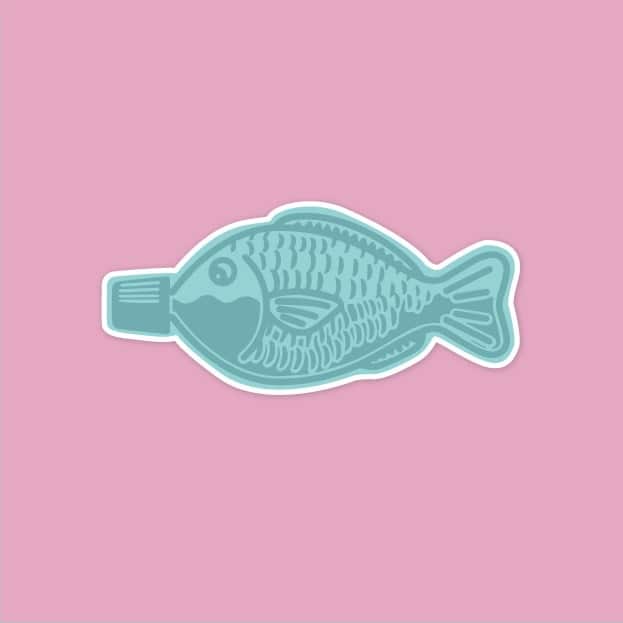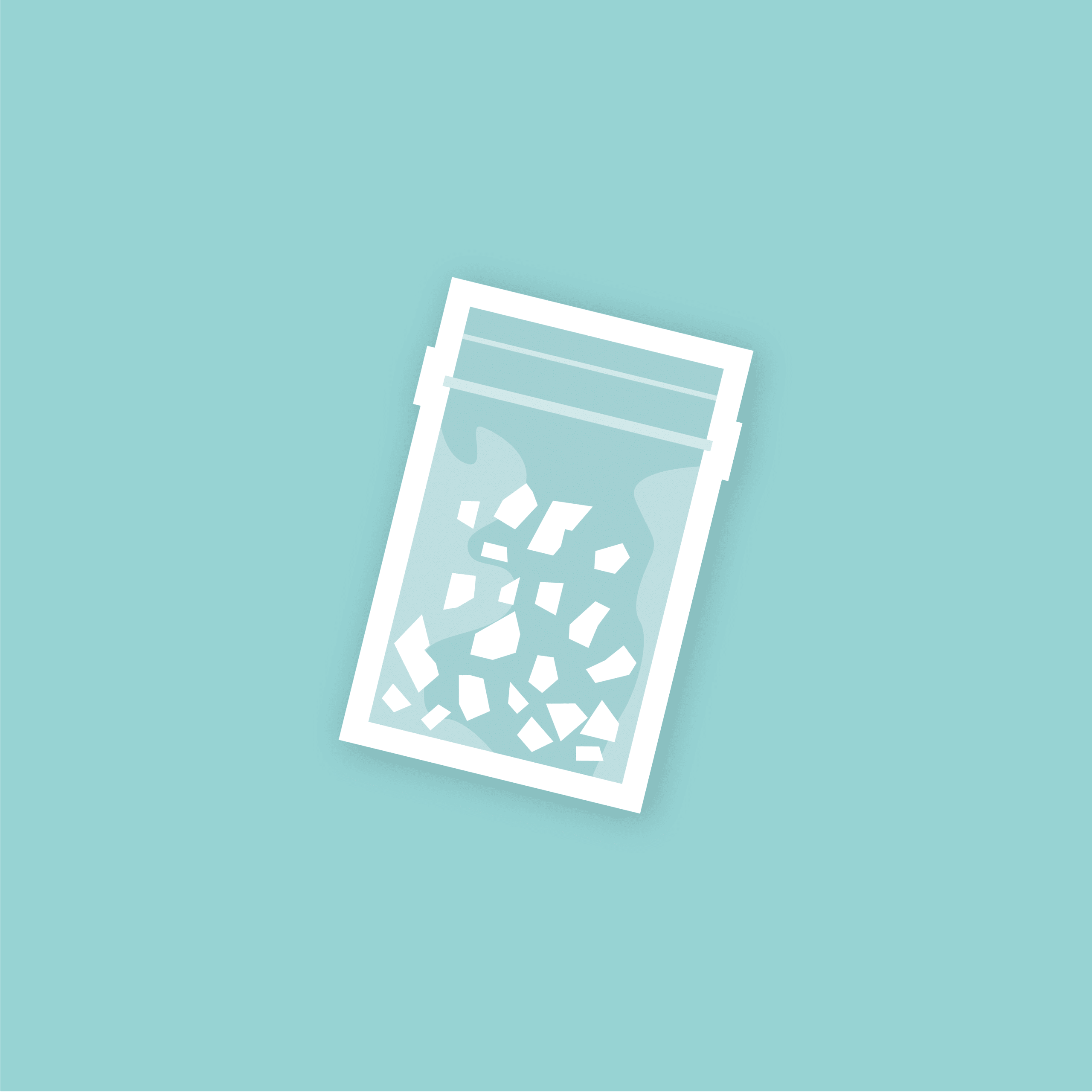The goal you’ve chosen is to play more safely; there are several ways to do this.
Knowing the drugs, how they work, and how to use them as safely as possible is a good start.
One of the most common harms from chemsex is catching sexually transmitted infections (STIs). Knowing about pre-exposure prophylaxis (PrEP), post-exposure prophylaxis (PEP) and condom use, as well as getting tested frequently, is one way to protect yourself from STIs, and to play more safely.
Drug-induced psychosis happens when we use mephedrone and/or crystal meth; some people are more prone to it than others, and it can be more likely to happen if you are sleep deprived, of if you inject. It might manifest as feelings of persecution, conspiracy theories, or feeling paranoid. People experiencing psychosis may have thoughts that are associated with technology, cults, or people wishing them harm, or may think that people are listening outside the door or whispering about them.
If you feel like this is happening to you, the best thing you can do is call the police or visit an A&E department. It’s not a crime to have drugs in your bloodstream – only in your possession – so presenting to A&E or the police won’t get you in trouble if you’re not carrying any drugs. This is the safest thing to do, whether you’re having psychosis, or in actual danger.
GHB and GBL are very dangerous when mixed with ketamine, alcohol or benzodiazepines (like valium). Overdose is very possible, and can be fatal. Measuring doses correctly and dosing at appropriate intervals is crucial. They can also be physically addictive, with unmanageable, even dangerous withdrawal symptoms. You can find more information on this here.


